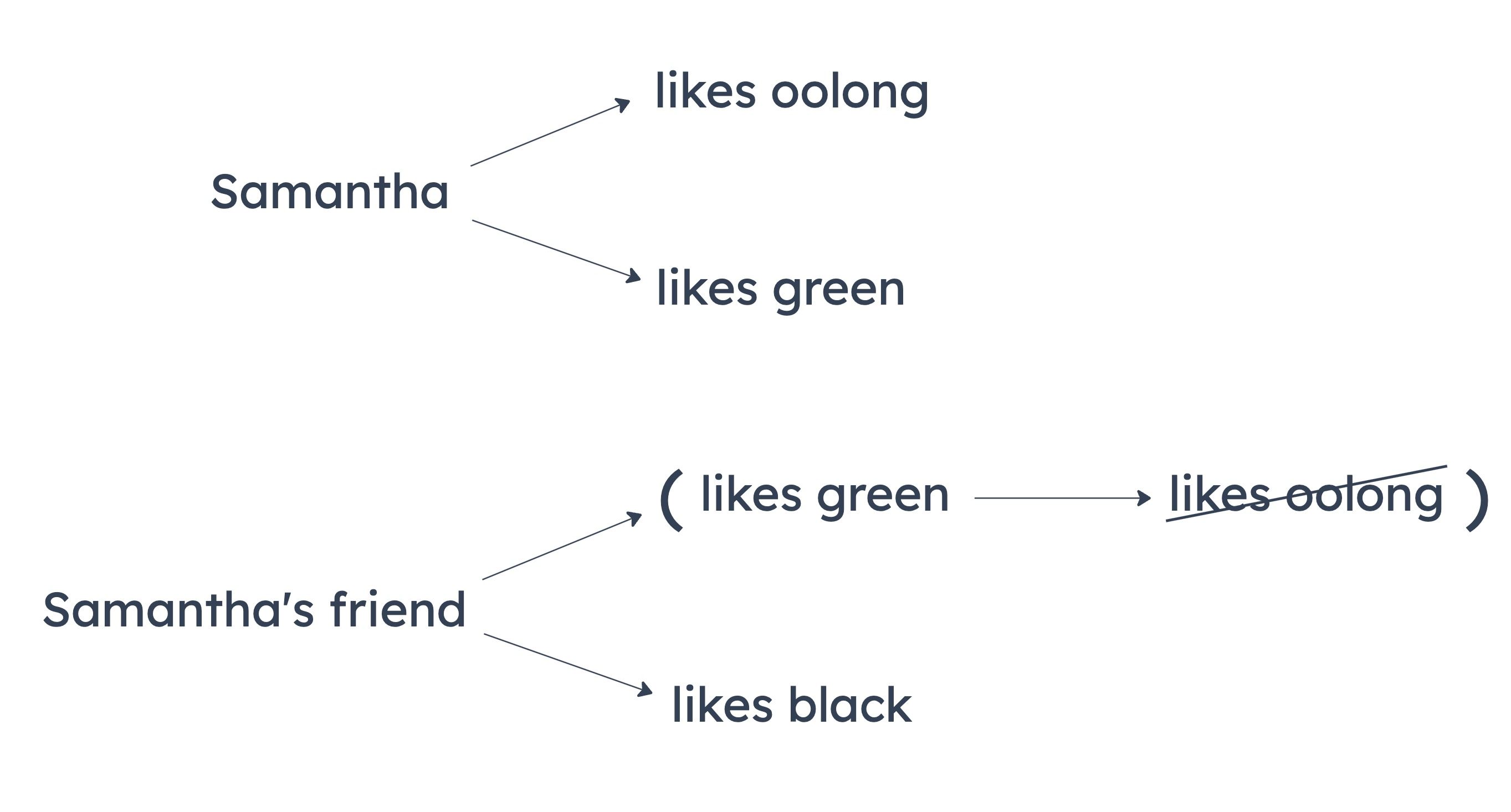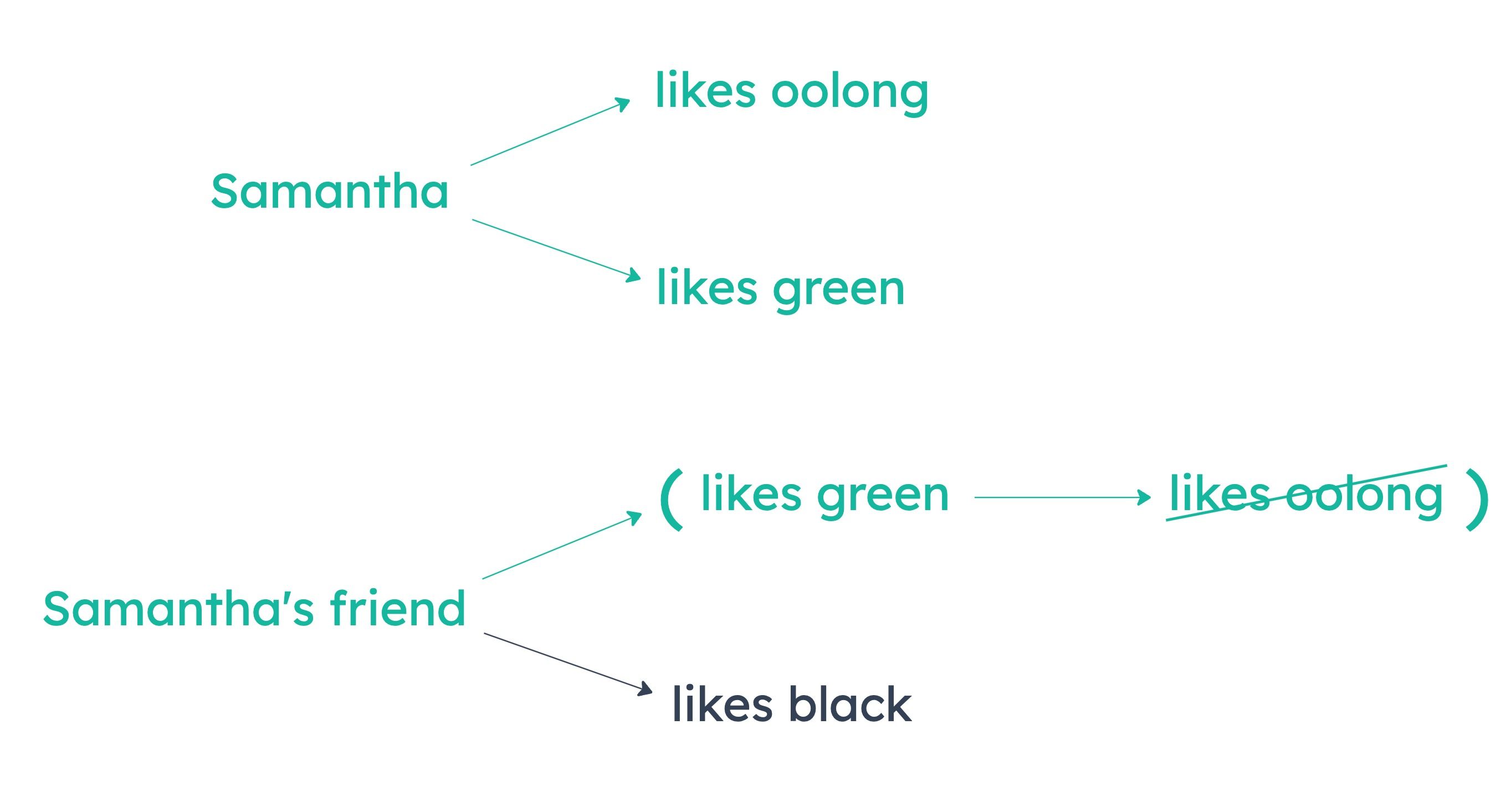Quincy: I am skeptical that the association between the lights and the earthquakes is anything more than a coincidence. The theory that ground stresses related to earthquakes can cause any kind of lightning is extremely speculative.
A
takes a correlation to be a causal relation
B
challenges the accuracy of the data about sightings that Phoebe takes for granted
C
criticizes Phoebe’s explanation as unsubstantiated
D
offers an explanation of the glowing lights different from Phoebe’s
E
accuses Phoebe of introducing irrelevant information

A
Some people can speed-read, and are able to fully concentrate, but are of below-average intelligence.
B
All people who can speed-read are of above-average intelligence.
C
Many people of above-average intelligence are unable to fully concentrate.
D
Some people with little ability to concentrate are of below-average intelligence, but can speed-read.
E
All people who can speed-read are able to concentrate to some extent.
A
a nation that fails to invest in its infrastructure need not experience any resulting decline in its standard of living
B
many nations are unable to make the needed investments in infrastructure
C
the rise in a nation’s standard of living that is prompted by investment in its infrastructure may take a long time to occur
D
a rise in a nation’s standard of living need not be the result of major investments in its infrastructure
E
nations often experience short-term crises that require that resources be diverted to purposes other than the maintenance and improvement of infrastructure
Campisi: I find your inference unconvincing; several leavens other than yeast could have been known in 1200 B.C.
A
suggesting that an alternative set of evidence better supports Yang’s conclusion
B
questioning the truth of a presumption underlying Yang’s argument
C
denying the truth of Yang’s conclusion without considering the reason given for that conclusion
D
pointing out that the premises of Yang’s argument more strongly support a contrary conclusion
E
calling into question the truth of the evidence presented in Yang’s argument
In reality, personality disorders might cause the increase in theta waves, or another factor could be causing both. In either of these cases, the researcher’s link between watching TV and developing personality disorders falls apart.
A
uses the phrase “personality disorders” ambiguously
B
fails to define the phrase “theta brain waves”
C
takes correlation to imply a causal connection
D
draws a conclusion from an unrepresentative sample of data
E
infers that watching TV is a consequence of a personality disorder
A
Levels of pesticides in the environment often continue to be high for decades after their use ends.
B
Lake Laberge’s water contains high levels of other pesticides besides toxaphene.
C
Toxic chemicals usually do not travel large distances in the atmosphere.
D
North American manufacturers opposed banning toxaphene.
E
Toxic chemicals become more readily detectable once they enter organisms the size of fish.

A
Samantha likes black tea.
B
None of Samantha’s friends likes green tea.
C
Samantha’s friends like exactly the same kinds of tea as each other.
D
One of Samantha’s friends likes neither oolong nor green tea.
E
One of Samantha’s friends likes all the kinds of teas that Samantha likes.

A slower and more natural rhythm of life does not necessarily decrease rates of illness and stress.
The common wisdom that country life is healthier and more relaxed than city life is not supported by data.
A
Living in the country is neither healthier nor more relaxing than living in the city.
B
Living in the country does not in fact permit a slower and more natural rhythm of life than living in the city.
C
People whose rhythm of life is slow and natural recover quickly from illness.
D
Despite what people believe, a natural rhythm of life is unhealthy.
E
The amount of stress a person experiences depends on that person’s rhythm of life.
In other words, he assumes that the environmentalists’ conclusion is false simply because their support is weak.
A
impugns the motives of the residents rather than assessing the reasons for their contention
B
does not consider the safety of emissions from other sources in the area
C
presents no testimony from scientists that the emissions are safe
D
fails to discuss the benefits of the factory to the surrounding community
E
equivocates between two different notions of the term “health risk”